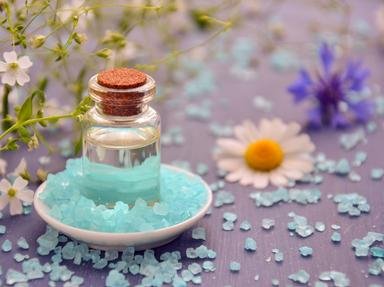Quiz Answer Key and Fun Facts
1. The begonia was a plant particularly favoured by a world famous Swedish physician and botanist who lived from 1707 until 1778. Who was he?
2. The humble little calendula marigold can be used not only for various medical ailments, but also as a substitute for which expensive herb?
3. Native to Asia and the north-east of Europe, this plant is described as one of the four gentlemen of Chinese art. Not only used for medicinal purposes, it is also used as a powerful and natural insecticide. What flower is this?
4. The infusion of the dainty little bluebell is used by herbalists as a treatment for women's reproductive issues, a diuretic and a styptic agent. What does a styptic agent do?
5. The striking poinsettia, which is native to South America, was used by the Aztecs in particular to create a red dye, and to reduce what symptom associated with a fever?
6. The humble little nettle has been used extensively in alternative medicines, cooking, some cloth weaves, and in folklore, for centuries. This talented plant is even reputed to enhance which ability in the male of the species?
7. The little butterwort is a great natural insect killer with its ability to entice, trap and then slowly digest these pesky little creatures. Because of its amazing ability to prevent insects from rotting until it consumes them, it is also used by farmers in what way?
8. Native to southern Europe and the Middle East, the demure hyssop is used in cooking, to produce a delicious honey, and as a particular relief during winter months for which purpose?
9. This flower, which is traditionally worn by Tahitian women behind the ear to indicate availability for courtship, has a remarkable number of other uses. What is this lovely, showy bloom?
10. The valiant little daisy has been used medicinally as far back as Roman times when army doctors took sacks full of the little flowers in order to extract their valuable juices. For what was this used?
Source: Author
Creedy
This quiz was reviewed by FunTrivia editor
CellarDoor before going online.
Any errors found in FunTrivia content are routinely corrected through our feedback system.

